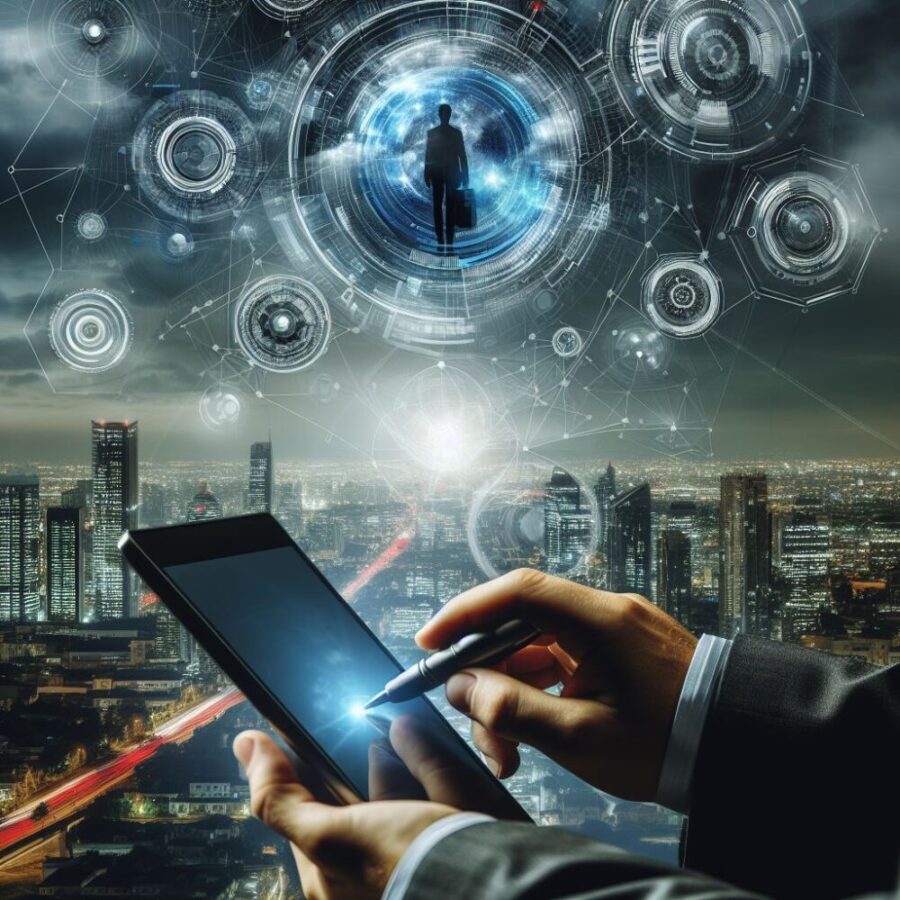
Technology has always been a double-edged sword, bringing both benefits and challenges to humanity. On one hand, technology can improve our lives, health, education, communication, and productivity. On the other hand, technology can also pose threats to our privacy, security, environment, and social fabric.
Some of the technological advancements we are witnessing today are leading us toward a dystopian future, where human rights, freedoms, and values are eroded or compromised. Here are 19 Technological Advancements that some fears are taking us down a dark path.
1. Artificial Intelligence (AI)
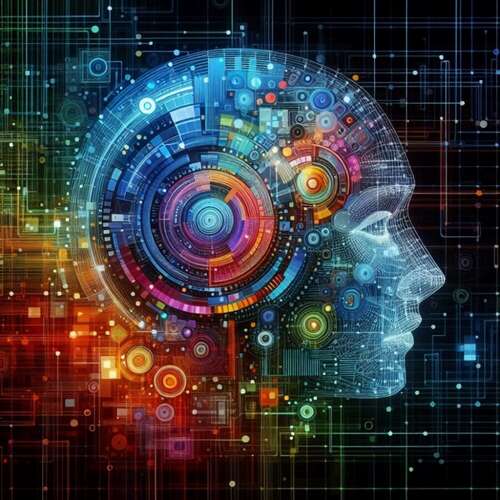
AI is the ability of machines or software to perform tasks that normally require human intelligence, such as reasoning, learning, decision making, and creativity. AI has many applications and benefits, such as enhancing healthcare, education, entertainment, and business.
AI could also pose existential risks to humanity, such as surpassing human intelligence and taking over the world, displacing human workers and causing mass unemployment, or being used for malicious purposes such as warfare, surveillance, or manipulation.
2. Biotechnology
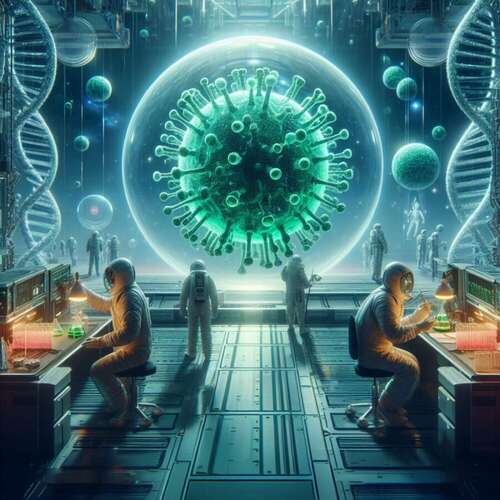
Biotechnology is the use of living organisms or their parts to produce or modify products or processes. Biotechnology has many applications and benefits, such as improving agriculture, medicine, and industry.
Biotechnology could also pose ethical and environmental risks, such as creating new diseases or bioweapons, altering the natural balance of ecosystems, or violating human dignity or rights by modifying human genes or traits.
3. Nanotechnology
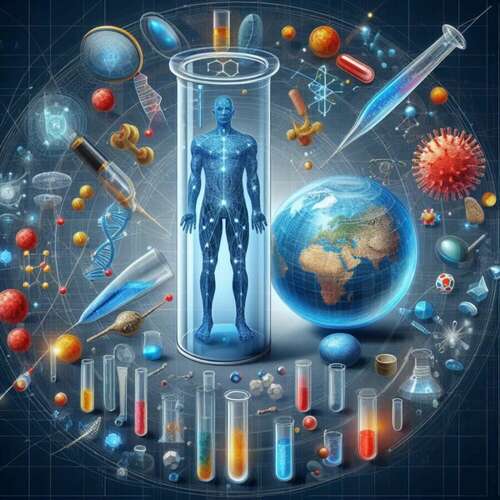
Nanotechnology is the manipulation of matter at the atomic or molecular scale. Nanotechnology has many applications and benefits, such as creating new materials, devices, or systems with novel properties or functions.
Nanotechnology could also pose health and environmental risks, such as releasing toxic nanoparticles into the air, water, or soil, or creating self-replicating nanobots that could consume all matter or escape human control.
4. Virtual Reality (VR) and Augmented Reality (AR)
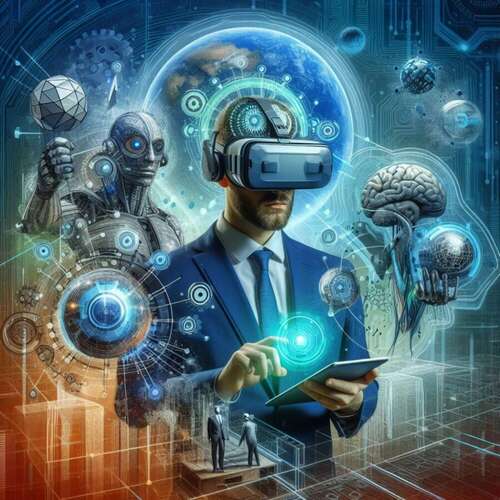
VR and AR are technologies that create immersive and interactive simulations of reality using computer-generated images, sounds, or sensations. This technology has many applications and benefits, such as enhancing entertainment, education, training, and therapy.
VR and AR could also pose psychological and social risks, such as causing addiction, isolation, or detachment from reality, or blurring the boundaries between reality and fantasy.
5. Blockchain
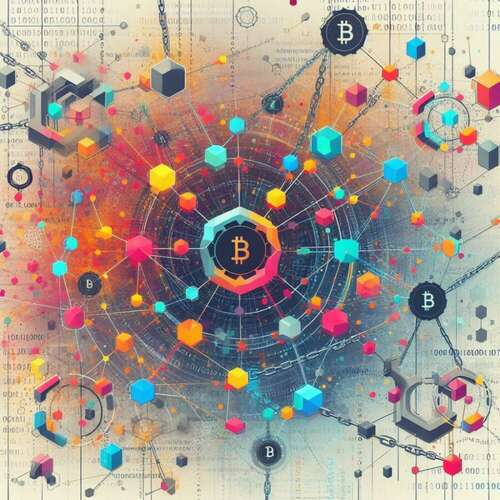
Blockchain is a system of storing and transferring data using a distributed network of computers that are linked by cryptography. Blockchain has many applications and benefits, such as enabling secure and transparent transactions, decentralizing power and authority, and empowering individuals and communities.
Blockchain could also pose economic and political risks, such as disrupting existing financial systems or institutions, facilitating illegal or illicit activities, or creating new forms of inequality or conflict.
6. Internet of Things (IoT)
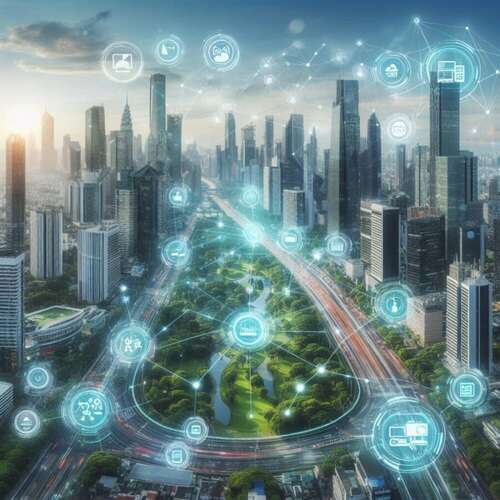
IoT is the network of physical objects that are embedded with sensors, Software, or other technologies that enable them to connect and exchange data with other devices or systems over the internet. IoT has many applications and benefits, such as improving efficiency, convenience, and safety in various domains such as smart homes, smart cities, smart health, and smart industry.
IoT could also pose privacy and security risks, such as exposing personal or sensitive data to hackers, cyberattacks, or surveillance, or creating new vulnerabilities or dependencies in critical infrastructure or systems.
7. 5G
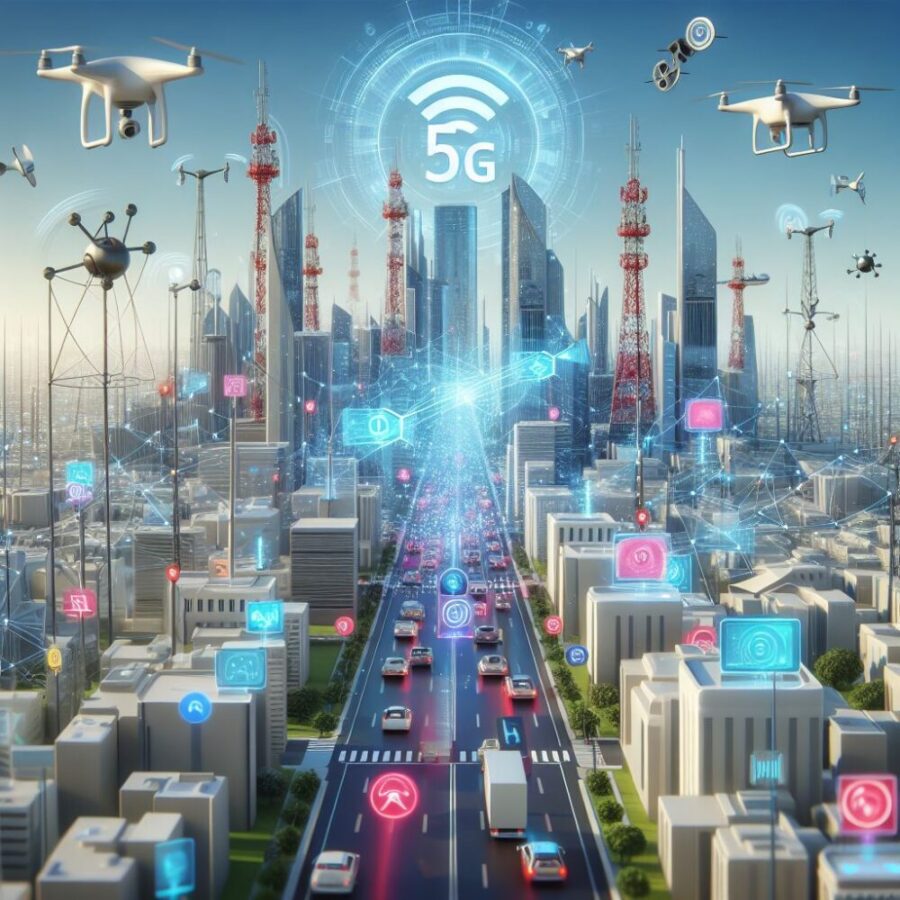
5G is the fifth generation of wireless communication technology that offers faster speed, lower latency, and higher capacity than previous generations. 5G has many applications and benefits, such as enabling new services or innovations in various sectors such as telecommunication, transportation, education, and entertainment.
Some fear that 5G could also pose health and environmental risks, such as emitting harmful radiation or electromagnetic fields that could affect humans, animals, or plants, or consuming more energy or resources than previous generations.
8. Facial Recognition
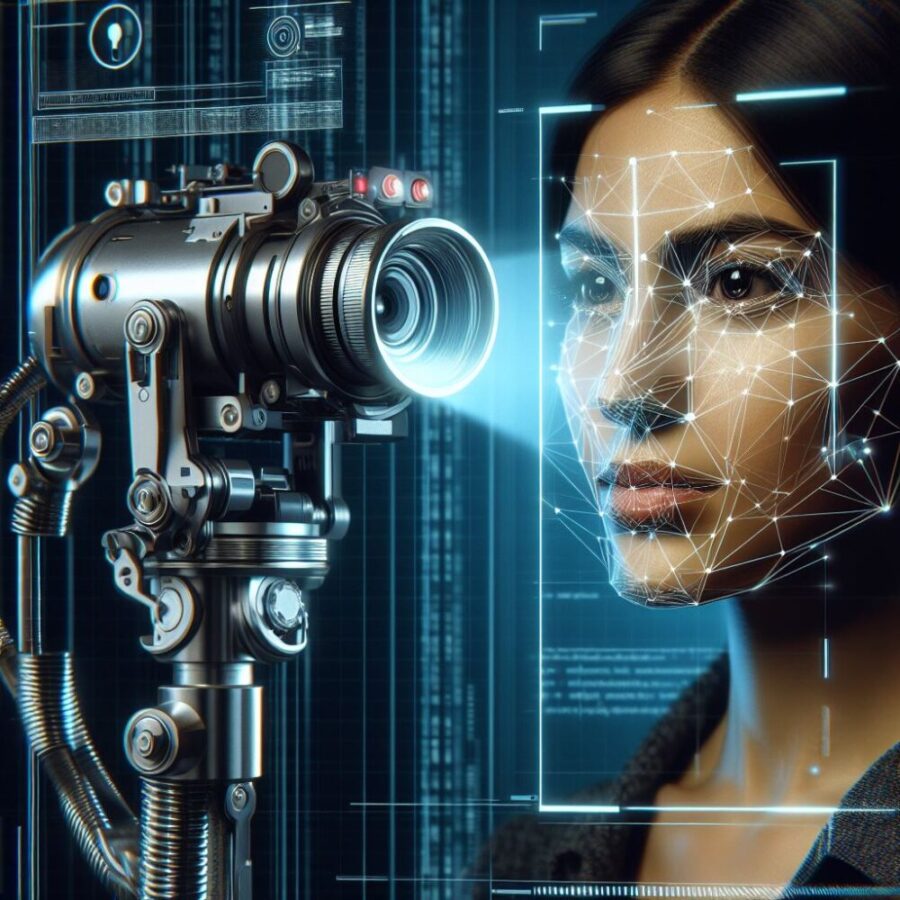
Facial recognition is a technology that uses biometric features such as face shape, eye color, or skin tone to identify or verify individuals. Facial recognition has many applications and benefits, such as enhancing security, convenience, and personalization in various domains such as law enforcement, banking, retail, and social media.
Facial recognition might pose ethical and social risks, such as violating privacy, consent, or anonymity of individuals, discriminating against certain groups or minorities based on their facial features, or enabling mass surveillance or control by governments or corporations.
9. Social Media
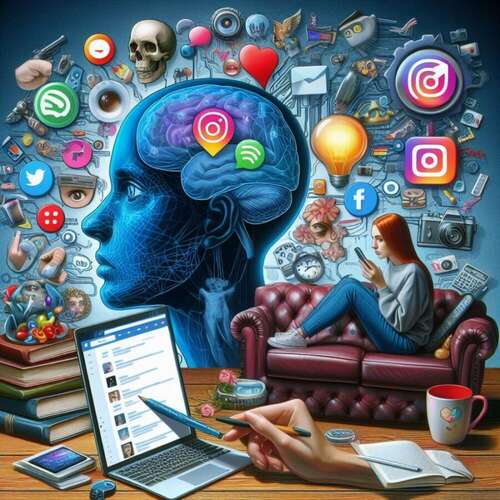
Social media is a platform that allows users to create or share content or information with other users or audiences over the internet. Social media has many applications and benefits, such as enhancing communication, connection, and collaboration among individuals or communities, or providing access to diverse or valuable sources of information or entertainment.
Social media might pose psychological and societal risks, such as causing addiction, depression, or anxiety among users, spreading misinformation, fake news, or hate speech among audiences, or polarizing or radicalizing public opinion or behavior.
10. Cryptocurrency
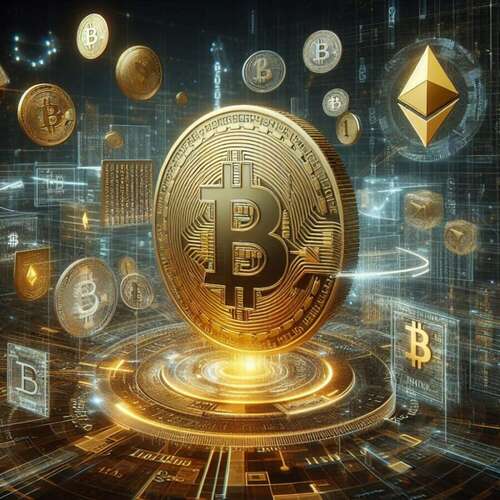
Cryptocurrency is a digital or virtual currency that uses cryptography to secure or verify transactions or records. Cryptocurrency has many applications and benefits, such as enabling fast, cheap, and anonymous transactions, decentralizing power and authority, and empowering individuals and communities.
However, some fear that cryptocurrency poses economic and political risks, such as destabilizing existing financial systems or institutions, facilitating illegal or illicit activities, or creating new forms of inequality or conflict.
11. Cloud Computing
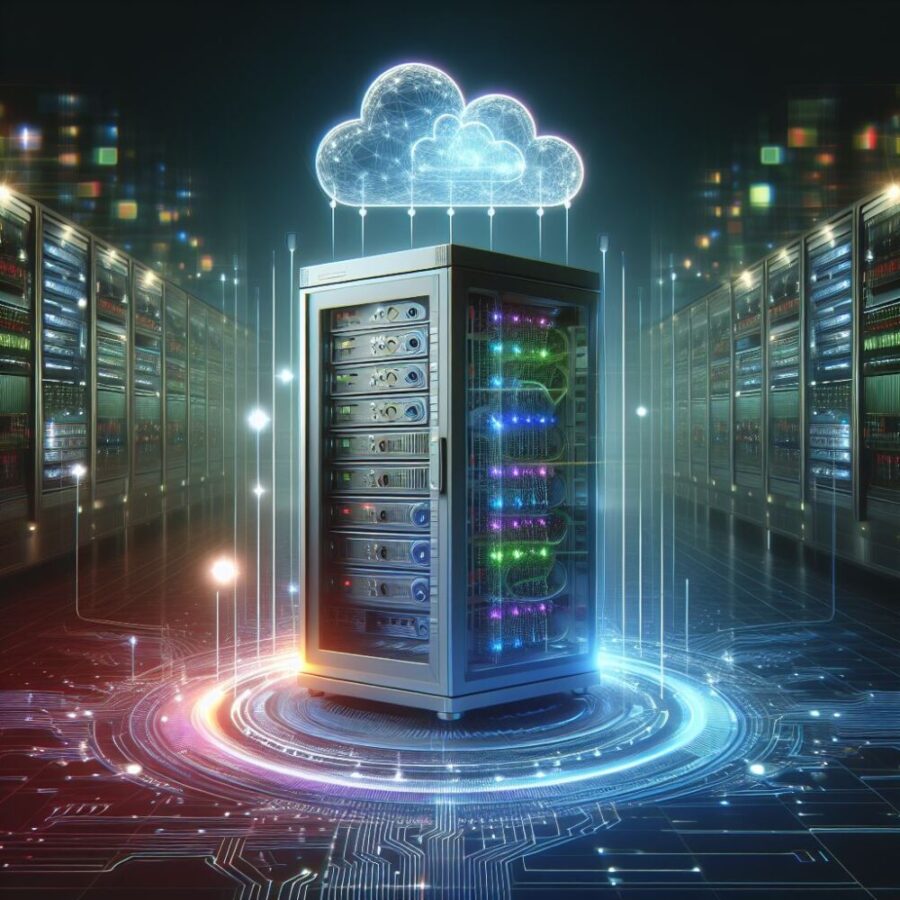
Cloud computing is a service that provides access to computing resources such as servers, storage, software, or networks over the internet. Cloud computing has many applications and benefits, such as reducing costs, increasing efficiency, and enhancing scalability in various domains such as business, education, and research.
Cloud computing could lead to privacy and security risks, such as exposing personal or sensitive data to hackers, cyberattacks, or surveillance, or creating new dependencies or vulnerabilities in critical infrastructure or systems.
12. Autonomous Vehicles
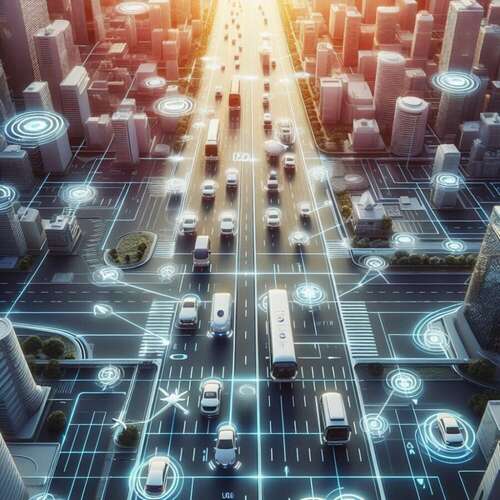
Autonomous vehicles are vehicles that can operate without human intervention using sensors, software, or artificial intelligence. Autonomous vehicles have many applications and benefits, such as improving safety, convenience, and mobility in various domains such as transportation, logistics, and tourism.
Autonomous vehicles could pose ethical and social risks, such as causing accidents, dilemmas, or liabilities involving human or non-human lives, displacing human workers or drivers, or creating new forms of inequality or exclusion.
13. Drones
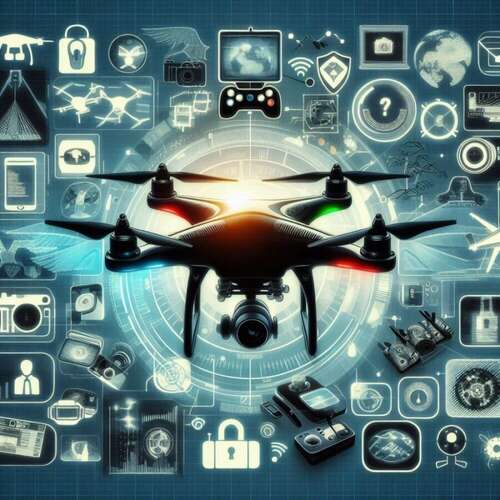
Drones are unmanned aerial vehicles that can fly remotely or autonomously using cameras, sensors, or software. Drones have many applications and benefits, such as enhancing surveillance, delivery, and entertainment in various domains such as security, commerce, and media.
Drones could also pose privacy and security risks, such as invading personal or private spaces of individuals or communities, causing damage or harm to property or people, or being used for malicious purposes such as warfare, terrorism, or sabotage.
14. Genetic Engineering
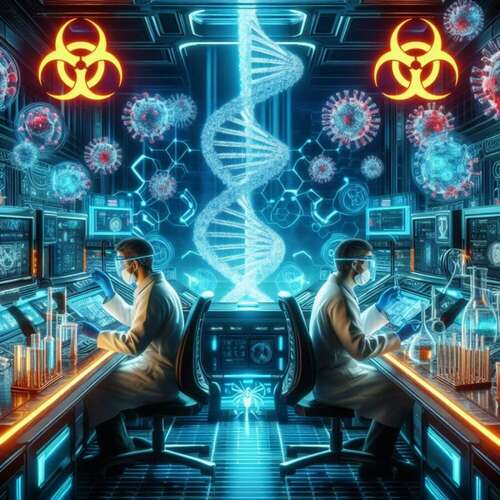
Genetic engineering is the manipulation of the genetic material of living organisms to alter their characteristics or functions. Genetic engineering has many applications and benefits, such as improving agriculture, medicine, and industry.
Genetic engineering could create ethical and environmental risks, such as creating new diseases or bioweapons, altering the natural balance of ecosystems, or violating human dignity or rights by modifying human genes or traits.
15. Brain-Computer Interface (BCI)
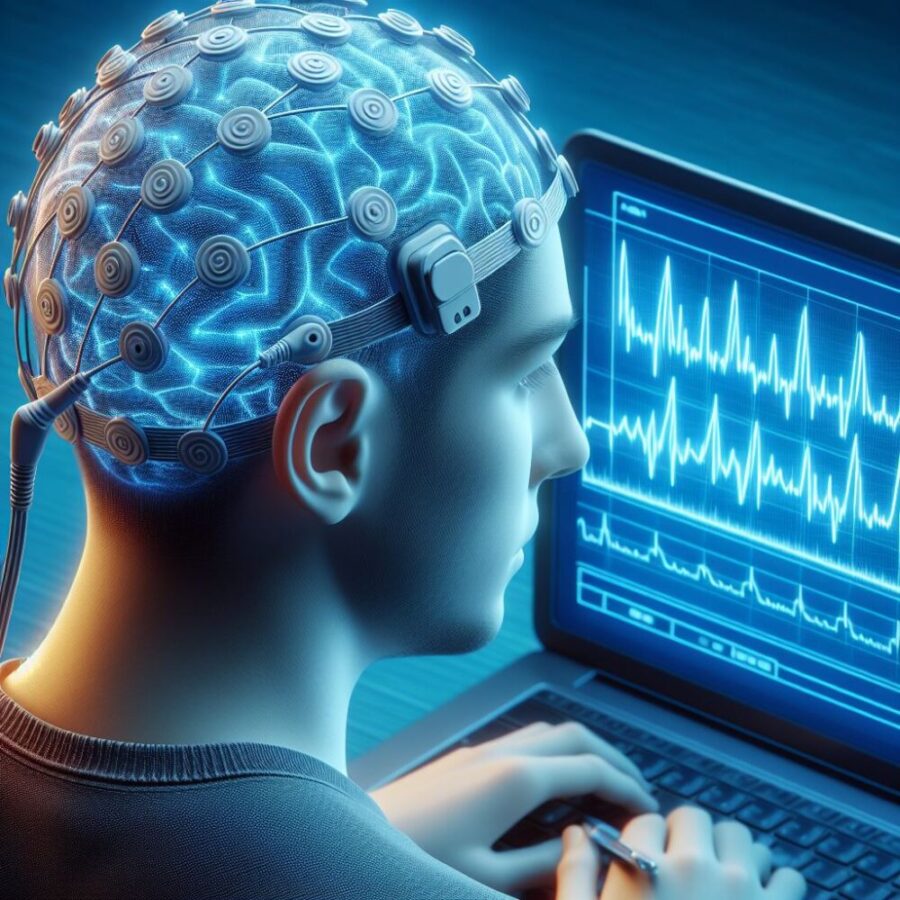
BCI is a technology that enables direct communication or interaction between the brain and a computer or device. BCI has many applications and benefits, such as enhancing cognition, perception, or expression in various domains such as health, education, and entertainment.
Some fear that BCI could also pose ethical and psychological risks, such as violating privacy, consent, or autonomy of individuals, altering identity, personality, or values of users, or creating new forms of addiction, dependency, or manipulation.
16. Quantum Computing
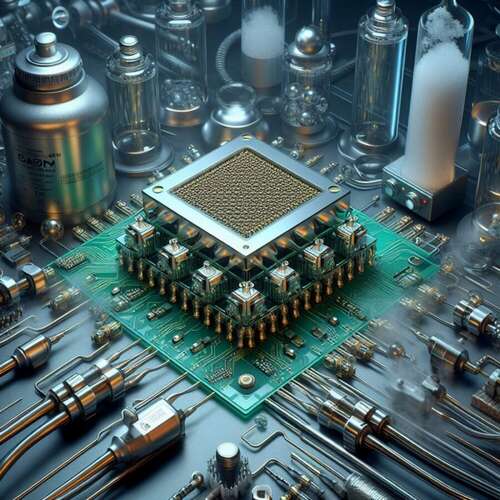
Quantum computing is a technology that uses the principles of quantum physics to perform computations that are faster or more powerful than conventional computers.
Quantum computing has many applications and benefits, such as solving complex problems, optimizing systems, or simulating phenomena in various domains such as science, engineering, and cryptography.
However, some fear that quantum computing could also pose security and existential risks, such as breaking existing encryption methods or algorithms, creating new forms of cyberattacks or warfare, or surpassing human intelligence or control.
17. 3D Printing
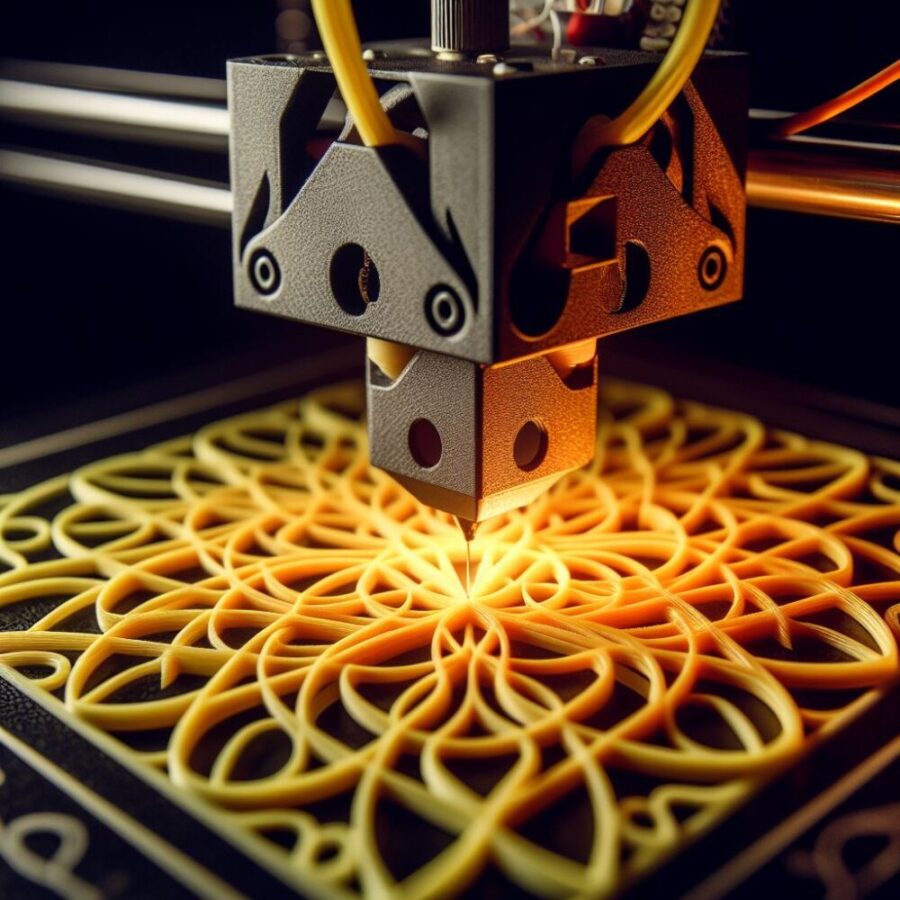
3D printing is a technology that creates physical objects from digital models by depositing layers of material on top of each other. 3D printing has many applications and benefits, such as enabling customization, innovation, and sustainability in various domains such as manufacturing, design, and art.
However, some fear that 3D printing could also pose ethical and environmental risks, such as infringing intellectual property rights or patents, producing counterfeit or illegal products or weapons, or generating more waste or pollution.
18. Robotics
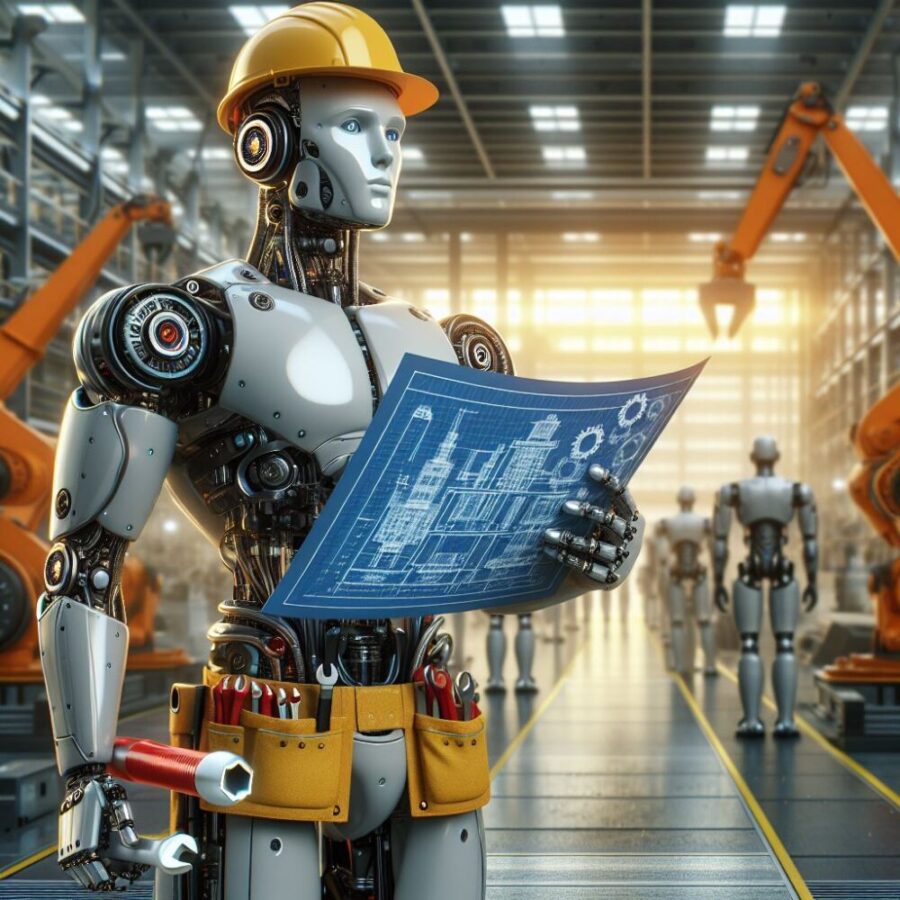
Robots are machines that can perform tasks that are normally done by humans or animals, such as manufacturing, agriculture, health care, military, entertainment, and domestic work.
Robots could take over many jobs, leading to significant economic disruption and inequality. Others argue that robots could also create new opportunities for human creativity, education, and social welfare, if they are regulated and distributed in a fair and ethical manner.
19. Geoengineering
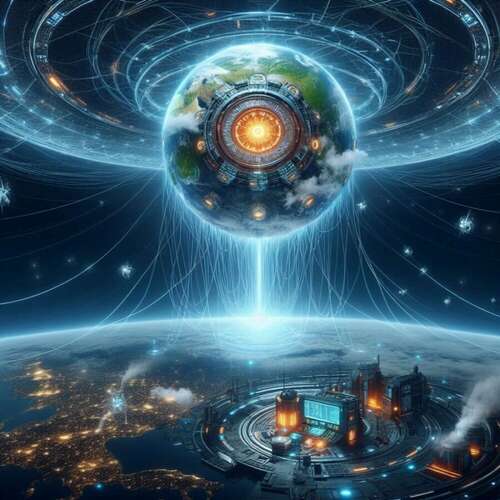
Geoengineering is the deliberate manipulation of the Earth’s climate system to counteract the effects of global warming. Some examples of geoengineering techniques are solar radiation management, carbon dioxide removal, and ocean fertilization.
While some proponents argue that geoengineering could be a last resort to avoid catastrophic climate change, others fear that it could have unintended consequences, such as disrupting natural ecosystems, altering weather patterns, and creating geopolitical conflicts.
Exciting and Daunting
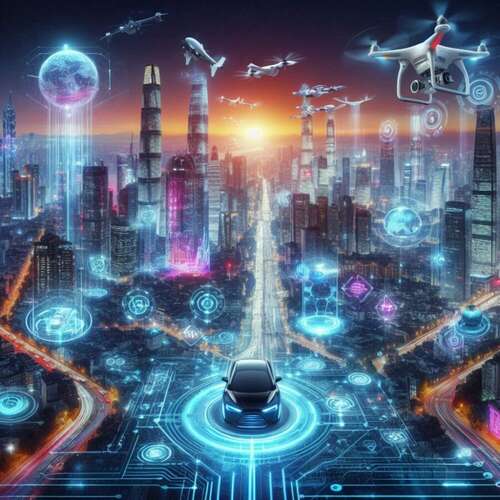
The rapid pace of technological advancements is both exciting and daunting. While these 19 technologies hold immense potential for positive change, they also present significant challenges that could lead us toward a dystopian future if not addressed responsibly.
It’s crucial that we remain vigilant, informed, and engaged in the discourse surrounding these advancements. We must ensure that the development and implementation of these technologies are guided by ethical considerations and a commitment to serving humanity.



